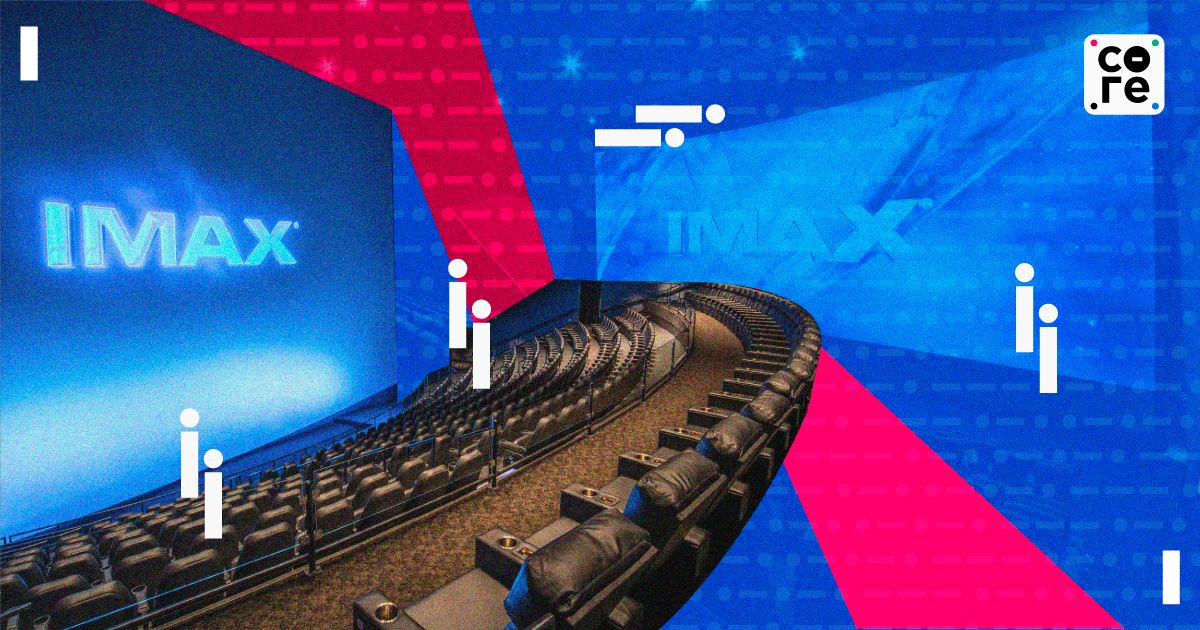In the recent past, Indian banks have successfully reduced the share of non-performing assets (NPAs) in their books of accounts. This is good news for the banks but bad news for Asset Reconstruction Companies (ARCs), that help banks with debt resolution. Fewer NPAs mean fewer opportunities for ARCs, particularly in corporate loans.
There hasn’t been any notable transfer of corporate loans to private ARCs recently. On the contrary, the Reserve Bank of India’s (RBI’s) proposal to raise the minimum capital requirement for ARC sponsors from 10% to 20%, as well as its decision of increasing the minimum net owned funds requirement from Rs 100 crore to Rs 200 crore, has further compounded the challenge for ARCs to acquire significant corporate loans and stay relevant.
In such a situation, dealing in retail loans could solve working capital issues faced by ARCs, as retail loans allow cash-based transactions, which is not the case with corporate loans.
“For corporate loans, they (ARCs) are stuck with litigation and thus it is a slow and tardy process. But for retail loans, there is a cash flow to collect from the very first month. Thus, for ARCs, retail loans give a better business than corporate loans,” said Vinod Kothari, founder of Vinod Kothari Consultant, a financial consultancy firm dealing with corporate loans.
Retail Is The Saviour For ARCs
In October 2022, the RBI mandated ARCs to increase their net owned funds to Rs 200 crore by March 2024 and Rs 300 crore by March 2025. Following the release of these norms, two ARCs surrendered their licences, while approximately 40% still fall below the RBI’s threshold, as per a recent report by rating agency CRISIL.
According to the RBI guidelines on NPA provisioning, selling NPA on security receipts (SRs) does not grant selling banks the ability to upgrade the account. NPAs can only be upgraded as ‘standard’ assets if the bank is selling the NPAs on SRs. In the case of retail loans, banks can sell NPAs to ARCs in cash to get rid of the bad loans. However, in the case of corporate loans, complete cash-based transactions are not possible which makes it difficult for ARCs to have adequate working capital.
“Banks prefer to sell the NPA on an all-cash basis. ARCs need money to buy NPAs on a cash basis. ARCs cannot depend only on loans for business expansion. For long-term survival and expansion, higher net worth is required,” said S P Arora, MD, Alchemist ARC.
For individual and private ARCs struggling with the capital necessary to acquire corporate loans, only retail loans can allow for cash-based transactions. “Participation of ARCs in the retail segment is likely to more than double to 15-18% next fiscal since fiscal 2022. This benefits as recovery for retail pools starts within a few months of acquisition, accelerating the cumulative recovery,” said Sushant Sarode, director, at CRISIL Ratings.
The proportion of cash-based transactions within the SR portfolio rose from 36% in the fiscal year 2022 to 40% in the previous fiscal year, with indications suggesting this trend will persist, according to the same report by CRISIL. Factors such as the decreased capital requirement of ARCs, now set at 2.5% of total SRs issued compared to the previous 15%, and lenders’ inclination towards immediate cash payments are contributing to the increase in cash-based transactions.
Why Are ARCs Struggling?
In the Union Budget 2021-22, Finance Minister Nirmala Sitharaman announced plans to establish ARCs in India to address the issue of NPAs in distressed banks. They were established by both state-owned and private-sector banks and it was specified that there would be no equity contribution from the government for these initiatives. ARCs were set up to buy the NPAs or bad assets from banks and financial institutions so that the latter could clean up their balance sheets.
However, the course of private ARCs in India changed sometime in 2022. Had banks decided to move 15 bad loans — including those from entities like Indian multinational conglomerate Videocon Group’s overseas venture, Jaypee Infratech, GTL Limited, and Visa Steel — to ARCs sometime before 2021, the story could have been different. Instead, banks transferred all 15 bad loans to the newly established government-backed National Asset Reconstruction Company Limited (NARCL) in early 2022, when it was still in its initial phase. NARCL was established in 2021 and it was then believed that as smaller ARCs were unable to do cash deals for substantial accounts, NARCL would have significant financial resources to acquire large accounts, thereby relieving banks from the burden of carrying these accounts on their books.
Now, instead of ARCs, banks are also choosing NARCL. For the few corporate bad loans that banks have now, banks tend to prefer government-backed NARCL over private ARCs, making it difficult for ARCs to achieve the target of net owned funds target, as mandated by the RBI.
Data from the RBI’s latest annual report on banking trends indicates a decline in banks’ dealing with ARCs as far as stressed assets are concerned. The RBI reported that only 3.2% of total non-performing loans were sold to ARCs in the fiscal year ending on March 31, 2022, down from 3.8% in the previous fiscal year before the onset of Covid-19. This percentage stood at 2.2% in the fiscal year ending in March 2021, during which the pandemic disrupted banking and economic activities. The RBI observed that during the same period, the cost of acquiring stressed loans rose, while financial assets securitised by ARCs experienced a significant decrease.
/thecore/media/media_files/PNgmbGqMFAkGSNbcQX33.jpeg)
NARCL vs ARCs
The transition of banks towards NARCL is not because the former has more financial resources at its disposal. Reports of collusion between banks and ARCs in committing frauds also dented their reputation. Search and seizure operations were conducted at 60 premises of four ARCs in December 2021, which exposed an alleged “unholy nexus” between borrowers and ARCs.
The four entities in question were accused of engaging in “unfair and fraudulent trade practices” in the acquisition of distressed loans. The loans they acquired were significantly undervalued compared to the actual worth of the securities associated with them. Additionally, the minimum cash payment made by the ARCs to lenders for these loans, typically around 15% of the value, allegedly came from defaulting borrowers. This money was purportedly funnelled through multiple layers of dummy companies under the control of the borrowers.
“After NARCL has come, the private ARCs need to diversify and need to move into retail. Banks won’t give them larger (corporate) assets now, as NARCL provides the guarantee of 15% from the government, which no (private) ARC can guarantee,” said Siby Antony, former MD and CEO, of Edelweiss ARC.
As a bad loan aggregator supported by the government, NARCL receives 15% of the loan value in cash, while the remaining 85% is provided in SRs backed by government guarantees. In the case of NARCL, the government offers a sovereign guarantee to cover any shortfall in loan recovery undertaken by NARCL. However, any such guarantee is not available in case of private ARCs and hence banks prefer complete cash transactions while dealing with them.
Another factor that made NARCL the preferred choice of banks over ARCs is the ease of dealing with the big corporate loans under the Consortium Bank Credit (CBC) Scheme. Under CBC, numerous banks fund specific projects, which means that in case of loan defaults, all the banks will have NPAs.
“Public sector banks who have bad loans under consortium prefer NARCL over any other private ARCs to transfer such loans. Since NARCL has the government backing, it helps them to remain out of the purview (of RBI),” said a former chief general manager of a public service bank.
Previously, there were cases where a company had been pushed to liquidation after the ARCs acquired them. Take, for example, the case of infrastructure company IVRCL or Bharti Defence and Infrastructure Ltd. The process used to be time-consuming and it was challenging to find buyers as well. Specifically for consortium loans, it was challenging to do the debt aggregation.
“NARCL has a policy which says that they can acquire the assets where the lenders have agreed to sell 75% of the asset. Whenever they acquire an asset that is in concurrence, earlier, the debt aggregation used to take longer time. The time taken is less now and the regulation is better,” said Hari Hara Mishra, chief executive officer of the Association of ARCs.
As far as haircuts are concerned, the banks get better deals if the bad loan is transferred to NARCL than any private ARCs. In the context of loan recoveries, a haircut is the difference between the actual dues from a borrower and the amount he settles with the bank.
“The amount of haircut that a bank has to take while dealing with NARCL on a corporate bad asset is lower than they have to take while dealing with other ARCs,” said Vivek Ramji Iyer, partner, financial service and risk advisory, Grant Thornton.
Also Read : IIFL, Paytm Crackdowns Show RBI Wants To Nip Misgovernance In The Bud





